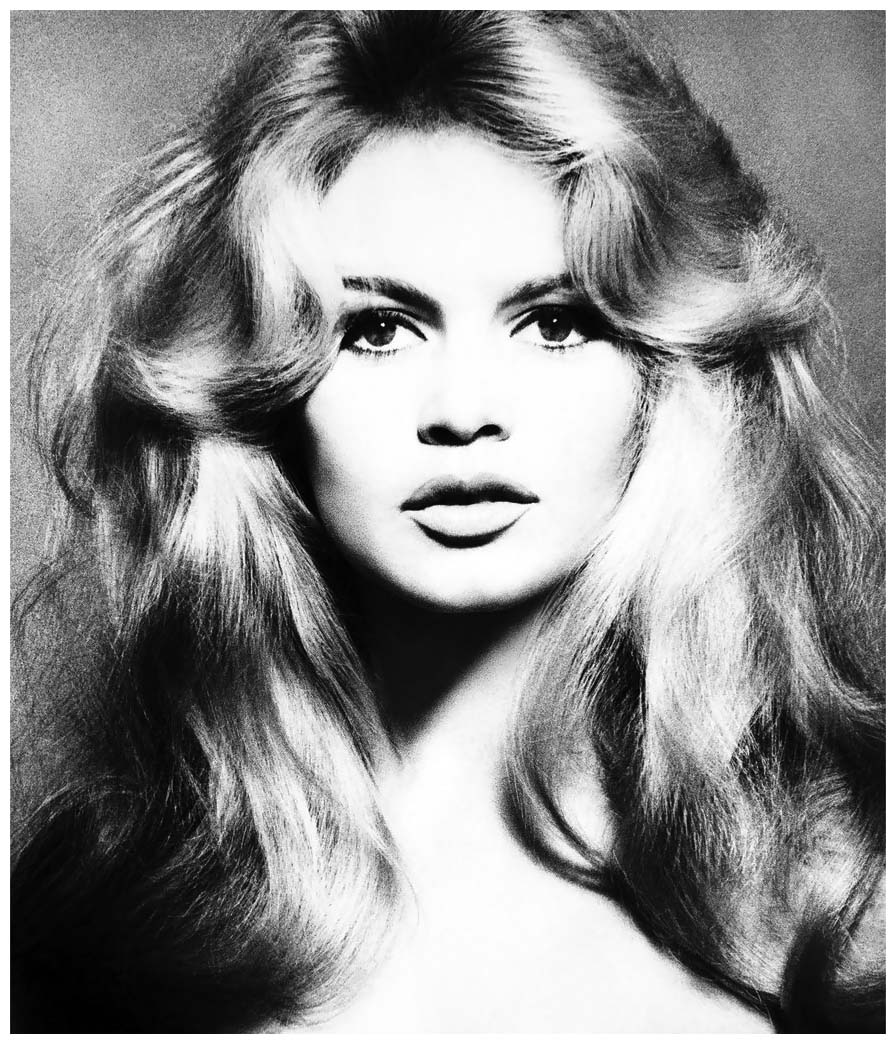Richard Avedon’s contribution to photography, particularly fashion and portraiture, was amongst the most far-reaching and influential of any of his contemporaries. The elegance, inventiveness and probing nature of his eye meant that he was in constant demand from the 1940s through to his death in 2004. Equal in stature to his great rival, Irving Penn, Avedon played a key role in developing and defining American visual culture throughout that period.
Whilst becoming one of the most significant fashion photographers of his day, Avedon also simultaneously developed as a portrait photographer, creating some of the most famous celebrity and documentary portraits of the 20th century.
Avedon understood the nature of fame, and endeared himself in allowing his famous sitters to play up to his camera. A great theatre lover and something of a celebrity himself, Avedon had great insight into both performance and public image, and allowed his sitters to be the people they wanted to be. He photographed most of the famous names and faces of his time, including Judy Garland, Audrey Hepburn, Marlon Brando, Marilyn Monroe and, seen here, Brigitte Bardot.
Avedon’s portrait of Brigitte Bardot was taken in 1959, at a poignant time for both photographer and sitter. Bardot had recently shot to fame following the release of Et Dieu… Crea la Femme (And God Created Woman)in 1956, and Richard Avedon was celebrating his 15 year anniversary at Harper’s Bazaar and was working on his very first book, Observations.
The portrait was taken in January 1959 for inclusion in the March issue of Harper’s Bazaar, “Eyes on Paris and America”. It is titled Brigitte Bardot, Hair by Alexandre; the title giving equal prominence to both Brigitte Bardot and the famed French hairdresser Alexandre de Paris (Louis Alexandre Raimon) who styled her hair. Just as Avedon famously strived to capture the very essence of his sitters in each of his portraits, Alexandre is known to have said ‘[I aim] to recognise a woman’s personality and match her hair to it.’
To exaggerate the highly styled, voluminous curls put in place by Alexandre, Avedon double-exposed Bardot’s hair, in order to create the appearance of soft, rippling movement. The hair is used to frame Bardots striking features, which Avedon further heightened by photographing her against a dark grey background, instead of his usual white. Avedon noted of this particular technique, “With the tonal background, you’re allowed the romance of a face coming out of the dark”.
The resulting portrait not only featured in the March issue of Harper’s Bazaar, but also featured as a full page image in Avedon’s book Observations. It is now one of Avedon’s most iconic portraits. Avedon was a truly fastidious printer, and this print has incredible contrast and tones. Avedon made this print in a limited edition of 35
